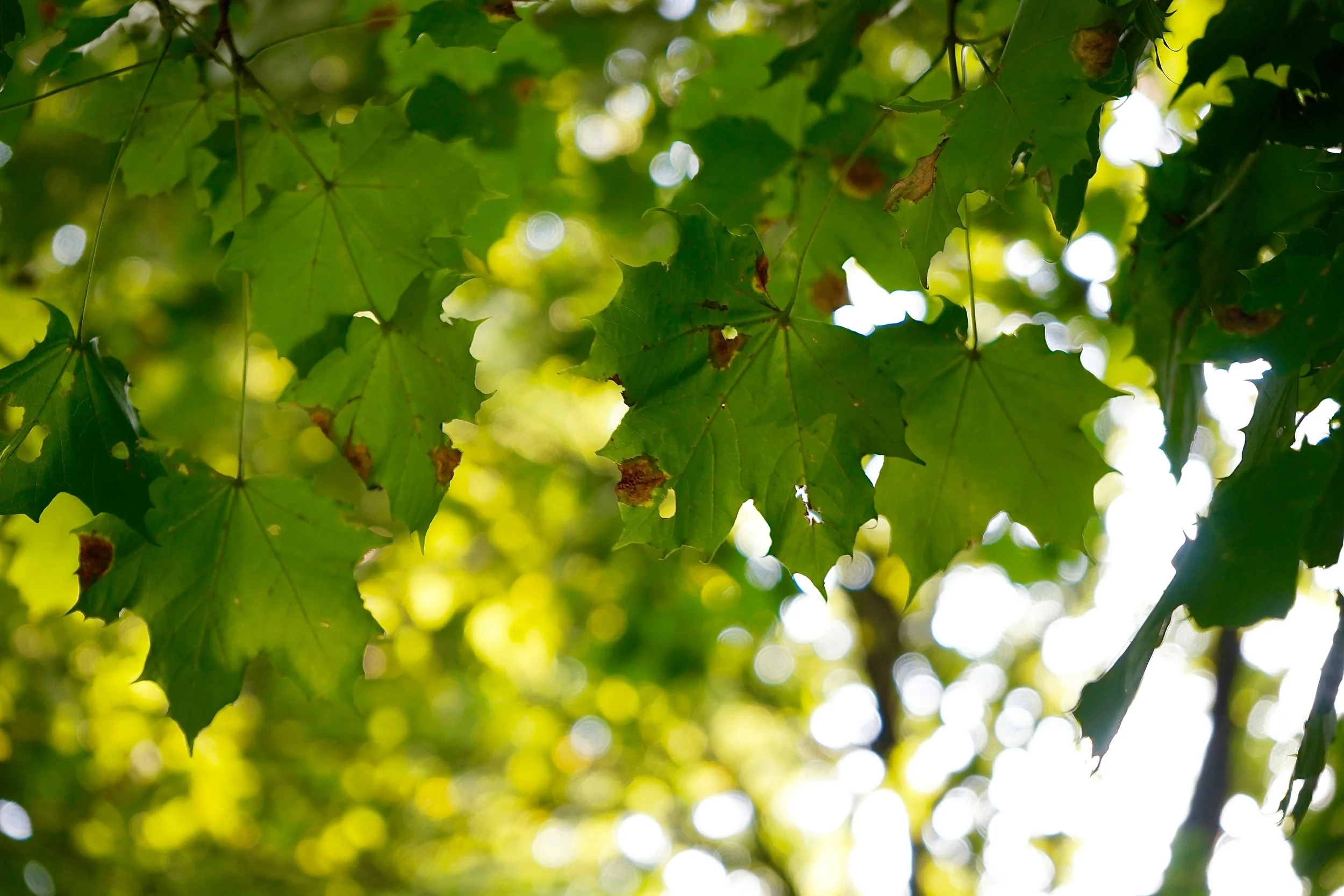From Tree to Table: The Journey of Maple Syrup
Maple syrup is one of nature’s sweetest gifts, a true northern delicacy that captures the essence of the forest. But have you ever wondered how this delightful treat makes its way from the trees to your breakfast table? Let's explore the fascinating process of maple syrup production:
The Magic of Maple Trees Maple syrup comes from the sap of maple trees, particularly the sugar maple, which is abundant in the northeastern United States and Canada. In the cold winter months, these trees store starch in their trunks and roots. As the weather warms in early spring, the starch is converted to sugar that rises in the sap.
Tapping into Tradition The process begins with "tapping" the maple trees, which involves drilling a small hole into the tree’s trunk and inserting a spout. A bucket or tubing system is then attached to collect the dripping sap. It takes about 40 gallons of maple sap to make just one gallon of maple syrup!
Willow leaves, Photo by Katerina Shkribey on Unsplash
Boiling Down to Syrup Once collected, the sap is taken to a sugar house where it is boiled in large vats called evaporators. As the water in the sap evaporates, it gradually thickens and darkens in color. The syrup is carefully monitored until it reaches the perfect consistency.
Filtering and Finishing The syrup is then filtered to remove any impurities, ensuring it is clear and smooth. After filtering, it’s graded based on color and flavor, with different grades for cooking and eating.
Sustainability and Care Maple syrup production is an art that requires careful forest management to ensure trees remain healthy and productive for years. Sustainable practices are crucial, as a well-maintained sugar maple can provide sap for over 100 years.
The journey of maple syrup is a beautiful example of how traditional methods can harmoniously blend with nature to produce something both simple and extraordinary.


